Richard
I the Lionheart (1189-1199)
When Richard approached his father's corpse at Fontevrault Abbey, blood flowed from the dead king's nose. Corpses were supposed to bleed in front of their murderer. Richard's wars had driven his father to his grave. Later, on September 3, 1189, a bat appeared at Richard's coronation. So, the reign of the most famous Robin Hood king began with bad omens.
Writing in 1521, John Major, a Scottish chronicler, said Robin Hood and Little John operated in 1193-4, the time of Richard I. Many, many writers have followed Major, including Anthony Munday, Sir Walter Scott and most Robin Hood novels and movies today. Although Richard wasn't the king in the earliest Robin Hood ballads, he is the one most closely associated with Robin Hood.
When Richard was crowned king in 1189, he sold every office and title he could. The king is reported to have said he'd have sold London itself if he could find a buyer. Then, almost immediately, he left England to go on the Third Crusade. Some Robin Hood stories, like the Richard Greene television series and the Fairbanks and Costner movies, say Robin Hood accompanied Richard on Crusade. There's some debate as to whether Earl David of Huntingdon (who held the earldom that many writers ascribe to Robin Hood) went on Crusade with Richard.
In 1191, King Richard ordered the execution of 2,600 Muslim prisoners at Acre. In movies like Robin and Marian and the 2010 film with Russel Crowe, as well as in novels such as Tales of Robin Hood by Clayton Emery, Robin is angry at the king for committing this atrocity.
While on the Third Crusade, King Richard had deeply offended Duke Leopold of Austria. In December of 1192, he made his way home through the lands of the duke. King Richard was seized while in the disguise of a kitchen servant. He was handed over to the duke and then later to Henry VI, the Holy Roman Emperor and ruler of Germany. The emperor ransomed Richard for 150,000 marks. Money that had to be raised from the English people.
In the Errol Flynn movie, Robin Hood robs the rich in order to pay Richard's ransom. Robin helps pay Richard's ransom in many stories such as Jennifer Roberson's novel Lady of the Forest.
Eventually, 100,000 marks were paid and Richard was let go.
He landed in Britain in late March 1194. While he was gone, his brother Count (or Prince or Earl, depending on the title you want to use) John conspired with the king of France. Count John was hoping to seize power for himself. When Richard returned, John fled England. Most of John's supporters quickly surrendered to Richard. Except those in Nottinghamshire.
Ranulf, earl of Chester, and his brother-in-law, the Earl of Huntingdon (David in real history, Robin Hood in legend) led an attack on Nottingham. King Richard joined them and seiged Nottingham Castle for two days. On March 28, 1194, the castle garrison surrendered to the king. And the next day, Richard went hunting in Sherwood Forest.Afterwards, Richard called a great council in Nottingham. He told the lords that the positions they bought in 1189 were only on lease and their terms were up. Richard raised a lot of money by re-selling these offices.
Many, many Robin Hood stories have Robin helping Richard at Nottingham. The television series Robin of Sherwood uses Richard's "on lease" speech at the council, for example. On the other hand, the 1976 Robin and Marian and the 2010 movie Robin Hood change history to suggest that Richard never returned to England after the Crusades.
Afterwards, Richard went to reclaim the possessions lost to Philip of France. He did not return to England, and had only spent a handful of months in the country during his reign. Richard was killed by an arrow at Chaluz in 1199. The 1976 movie Robin and Marian has Robin as a witness to Richard's death.
In legend anyway, Richard was considered a great king. Historically, the judgment is mixed. He was a larger than life figure. He was a poet and musician. He was a fierce and brave fighter, sometimes fool-hardily charging into battle with little or no armour. He also had a terrible temper. And it was his temper as much as his bravery that earned him the nickname "the Lionheart".
Also, there's a good possibility that Richard might have been gay. This is still a matter of historical debate, but that hasn't stopped Robin Hood writers like Jennifer Roberson and Nicholas Chase making the king's homosexuality part of the plot.
There are some reports that Richard did have an illegitimate son named Philip of Cognac. Usually ignored in Robin Hood stories, this Philip was a character in 2001 television movie Princess of Thieves and the love interest of Robin Hood's daughter, Gwyn. But in real history, Philip did not become the king of England. Another fictionalized version of Philip the Bastard is an important character is Shakespeare's play, King John.
Ivanhoe made Richard a strong supporter of the native English Saxons. Many Robin Hood books and movies have portrayed Richard as the Great Saxon Hope. In truth, Richard hated England. He only visited the country twice as king and only a few times before that. Apparently, Richard couldn't even speak a word of English.
Still, with his epic battles, the story of a ransom and brotherly betrayal, his musical ability and talent for disguise, it's not really surprising that Richard has become the Robin Hood king of choice.
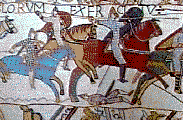
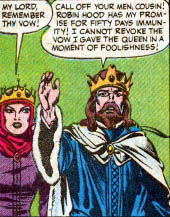
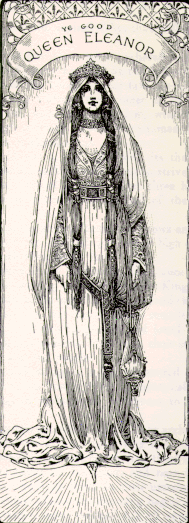
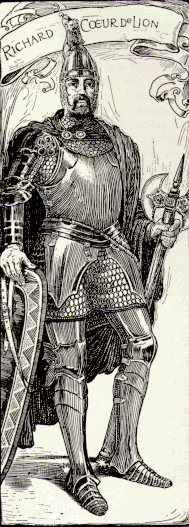
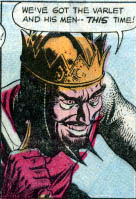
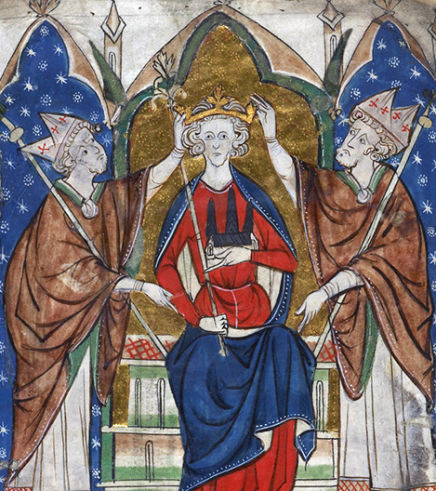
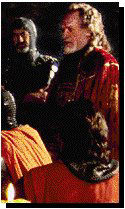
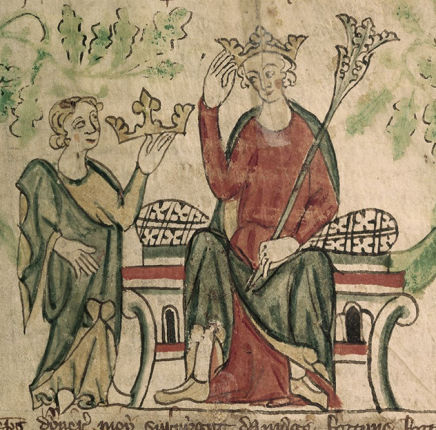
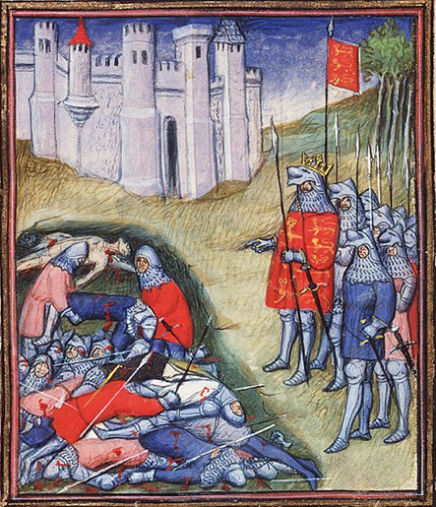
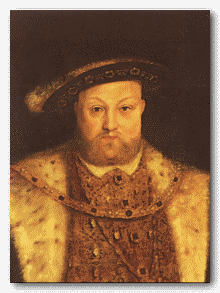
Contact Us